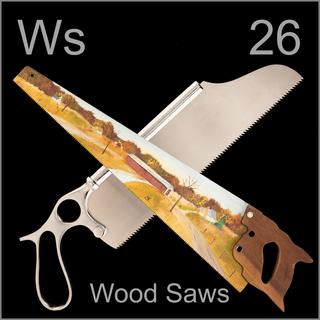 |
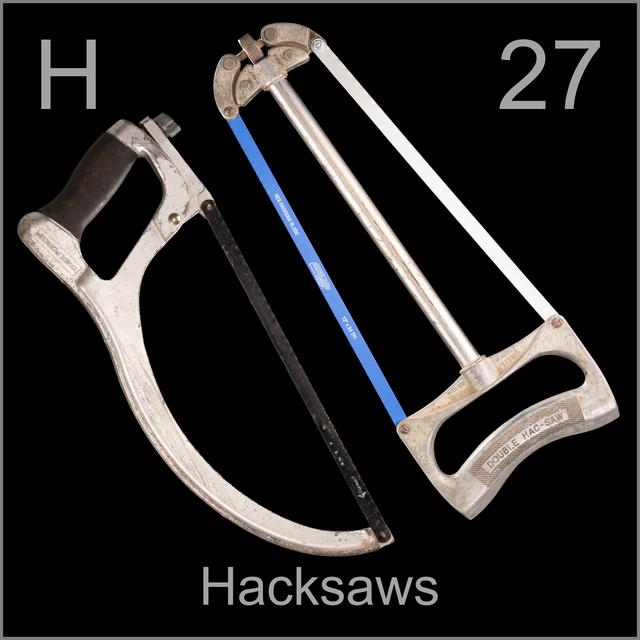
 |
Leave a comment below! Or click on an individual tool to see more or leave a comment about that tool. |
|
 |
|
 |
| Carbide Hacksaw Blade |
 |
| This is an unreasonably long hacksaw. Crazy long. I’m not sure what my grandfather would say about “using the whole blade”. I don’t think my arm is long enough for that. |
 |
| Hacksaw Blades |
 |
| I hate these things. The blade is very easy to bend. |
 |
| Hacksaw |
 |
| Ten-pack of Hacksaw Blades |
 |
| This meat saw looks a lot like a hacksaw. It has a quick-release handle for tensioning the blade, making it easy to disassemble for cleaning (something you don’t need to do with saws for metal). It’s frankly the best-built hacksaw I have: the stainless steel frame is impressively robust, and the locking handle is strong and convenient. |
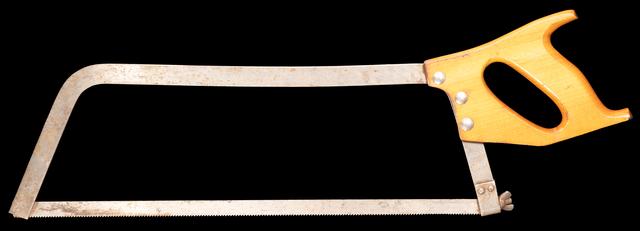 |
| This is an unusually long hacksaw. |
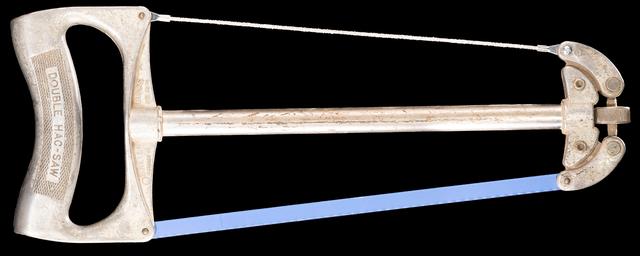 |
| This double-sided hacksaw can hold two different blades, say course and fine tooth, at the same time. |
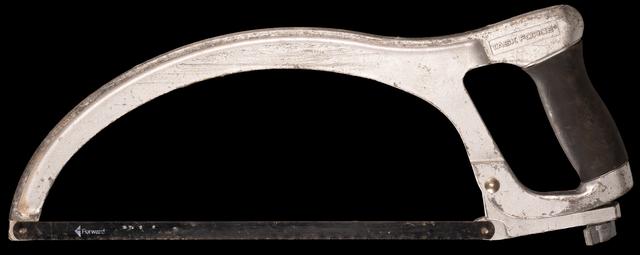 |
| I love the shape of this elegantly curved hacksaw. |
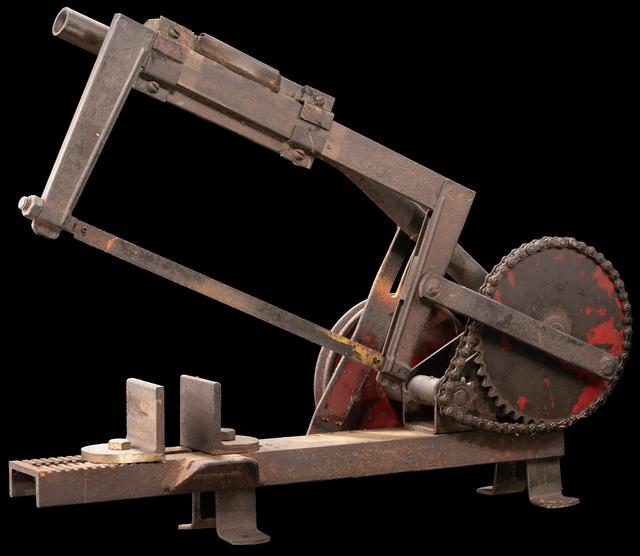 |
| Power saws come later, but I put this “Iron Mike” here because it’s really just an ordinary manual hacksaw, with a gear and pulley arrangement to make it go automatically. It uses standard hacksaw blades. |
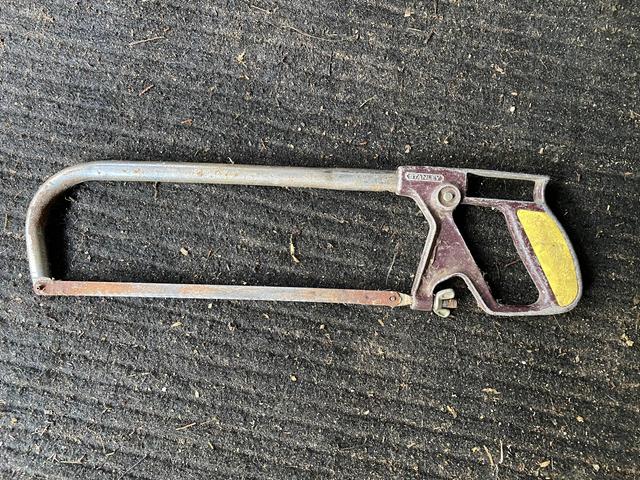 |
| The beam of a hacksaw can be round, hollow, solid, or whatever works. The wingnut on the back is how you tighten the blade. |
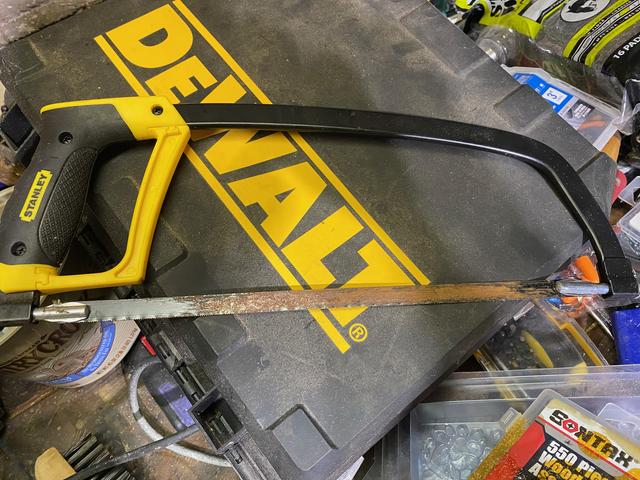 |
| This modern hacksaw has a comfortable rubber handle. |
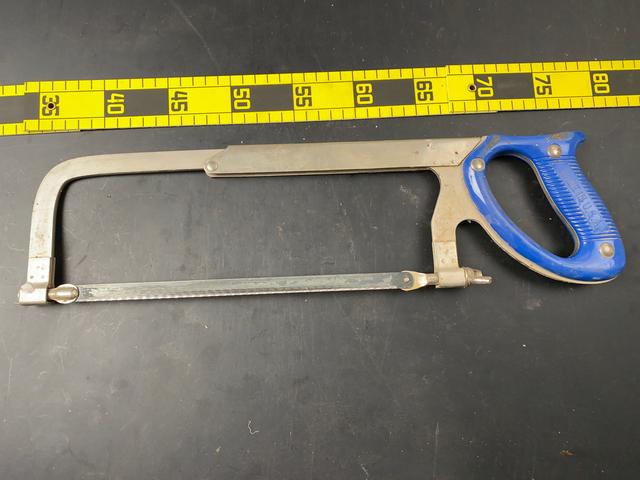 |
| This hacksaw can be adjusted from fairly short, to fairly long, in several increments (representing standard lengths of hacksaw blade). |
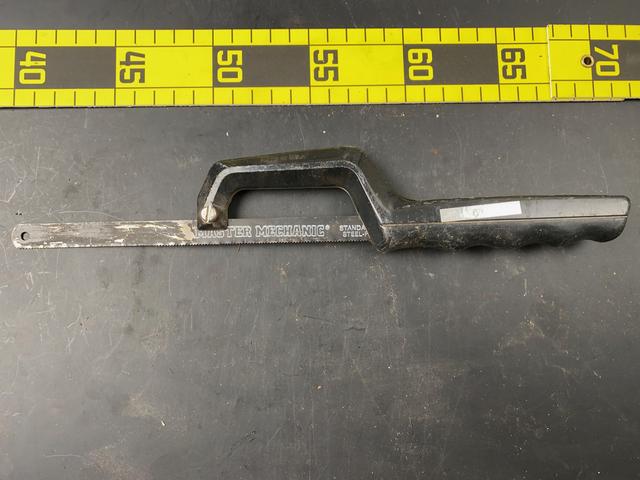 |
| This thing lets you use an ordinary hacksaw blade a bit like a keyhole saw. It’s likely that your blade will be bent pretty soon after you start using it. |
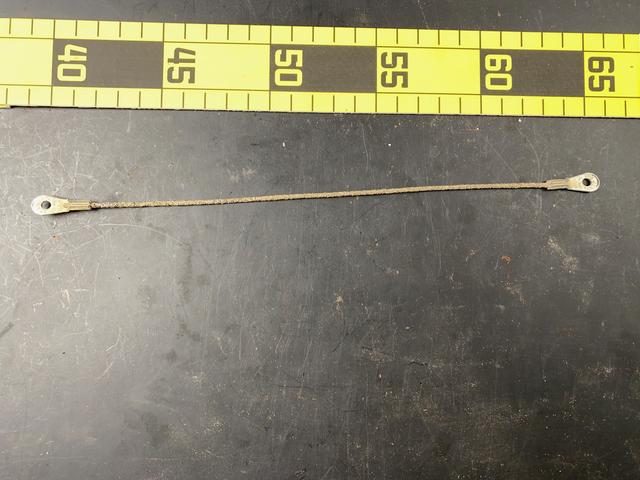 |
| Because the frame provides tension, you can use blades like this, which have almost no stiffness of their own. These tungsten-carbide encrusted rods let you make curved cuts through brick or ceramic tile. |
Do you have a better example of this kind of tool? Let me know by leaving a comment, and include a picture of it if you can so everyone can see!